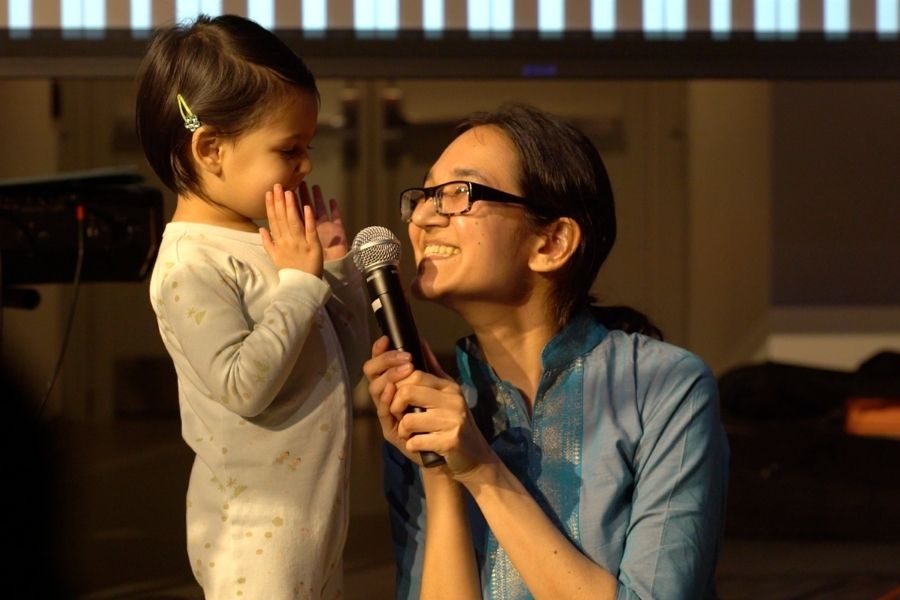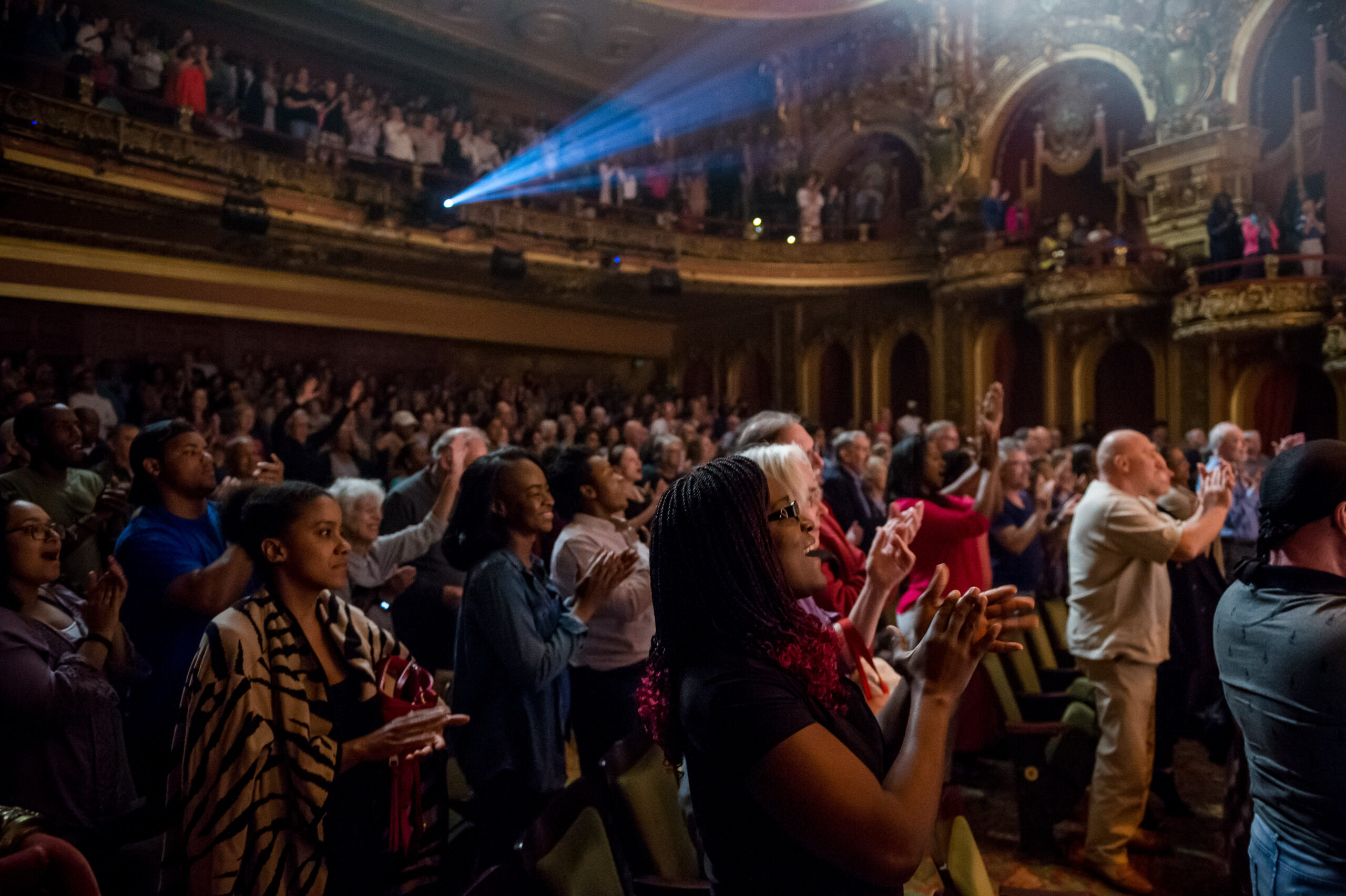The effectiveness of your marketing depends on your understanding of what motivates people to take action, whether that’s to buy a ticket, make a donation, or comment on an Instagram post. The following 6 data-driven insights into how and why people relate to arts and culture organizations can help you create compelling visuals and messaging that drive greater engagement. Actual examples are included to inspire your own work.
We conducted research into what people care most about in their lives, and where those interests align with arts and creativity. The results are in: People crave connection. That’s good news for arts and culture organizations because with the right mix of programs and messages we can help people connect with one another and themselves.
1. Prioritize connections
We conducted research into what people care most about in their lives, and where those interests align with arts and creativity. The results are in: People crave connection. That’s good news for arts and culture organizations, because with the right mix of programs and messages we can help people connect with one another and themselves.
This helps people picture themselves in the experience and understand how it offers opportunities to connect. In some studies, we found that campaigns that show the audience connecting with each other instead of just showing the featured artist or artwork resulted in twice as many clicks as traditional ads.
Choosing words like “sharing,” “connecting,” and “coming together” can help people imagine what they will experience in your space. Think about how to share information in a way that makes the reader picture themselves in your activities.
Help your audiences connect with one another during your events by building in social time and spaces before and after performances, in your exhibition space, or during community programs.
Pro Tip
Connecting with family and friends is the most powerful bridge to what people care most about in their daily lives. For parents of young children, it gives them the opportunity to create lasting memories. For many adults, it can reduce social isolation and build stronger relationships to family, friends, and their communities.

2. Talk about creativity instead of art
People who don’t participate regularly in the arts often find the word “art” uninviting, or even elitist. However, they do resonate with the word “creativity.”
Our research found that people like the word “creativity” because it has a broad definition. It can include everything from problem-solving in everyday life to the inspiration behind a work of art. The word “art,” however, tends to be perceived more narrowly. It is more often associated with the “fine arts” and “high art.”
Both terms can open doors to a conversation about the benefits of arts and culture in our lives and communities. But starting that conversation with creativity might invite a few more people in.
The City of San Jose Office of Cultural Affairs is committed to making creativity part of everyday life in their community. So they’ve created new programs and social media campaigns that invite the whole community to express themselves.
3. Talk about how people can grow
Americans believe (and research shows) that creativity helps us grow. Whether you’re young or old, experiencing creativity in the classroom, at home, or in an arts organization – the data is there: creativity is a powerful tool for teaching and inspiring.
Creativity helps us solve problems, learn new skills, and understand and empathize with people and perspectives different from our own. As you tell stories about the impact of your arts organization and create marketing campaigns to attract new audiences, show how people might grow through creativity. Even better, highlight special programs and activities that offer people a way to gain a new skill or access a new idea.
The Columbus Museum of Art is so committed to helping young minds grow through creativity that it has partnered with the Columbus State Community College to offer The Wonder School, an arts and creativity-focused preschool in the museum.
4. Lean into wellbeing and happiness
Americans believe that they would be happier, healthier, and less stressed if they had more opportunities to be creative. The science backs it up too — creativity has been proven to reduce isolation, boost resilience and healing, and positively impact mental health and brain functioning.
Extended periods of social isolation, such as during the worldwide lockdowns and restrictions of 2020-21, cause widespread impacts on our physical, mental, and emotional health. Arts organizations are uniquely positioned to offer up creativity as an antidote to loneliness. Help your audiences see how they can use creativity to find balance, heal, and recharge.
Use images and messaging that:
- Show connection as a result of your programs or offerings
- Focus on the positive impact of creativity on our health
- Reflect how creativity can help bring us back together
Researchers have been investigating how we could use creativity to counter the impact of loneliness on our health and wellbeing well before the pandemic. Since then, the stories and data have expanded significantly. Here are a few examples:
5. Focus on making memories
Many Americans believe that participating in arts events is a good way to make memories with those they love. As you craft your marketing messages, focus on how your experience will help them connect with their family and friends, and how those connections can lead to life-long memories.
Learn how the San Jose based New Ballet School is tapping into the power of making memories to inform their marketing.
